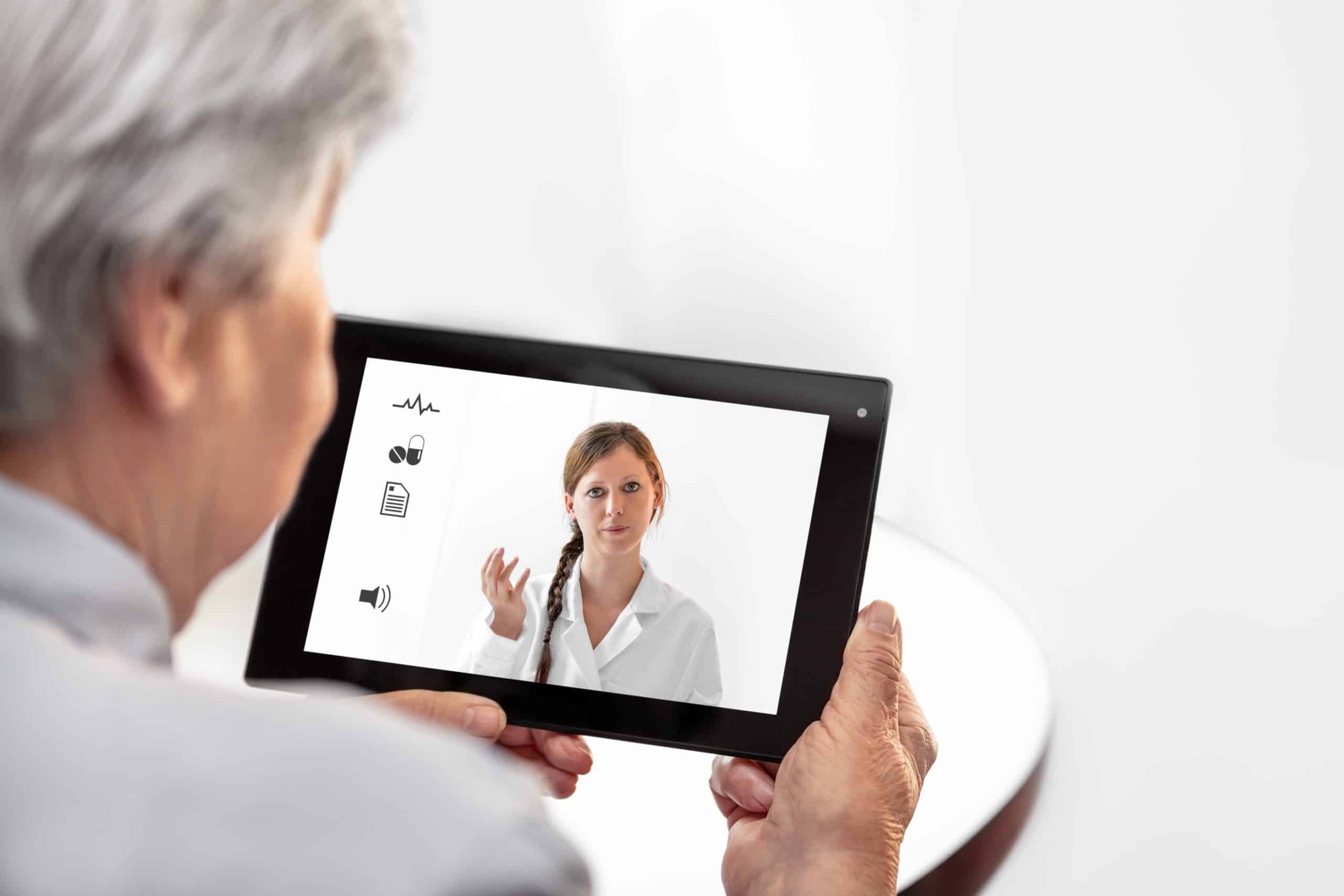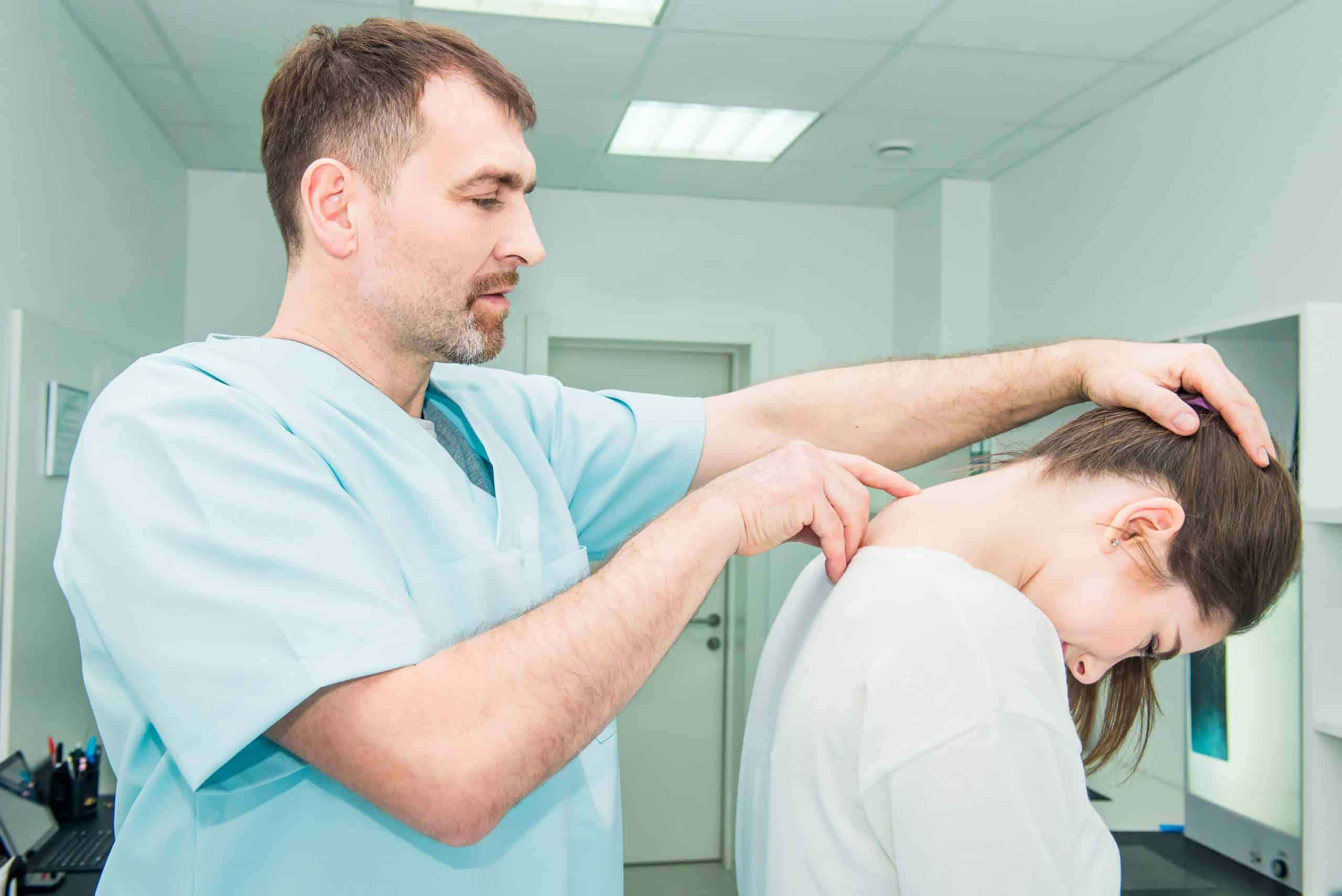 When you say the phrase, “telehealth in the orthopedic practice,” it’s likely many specialists will consider it an oxymoron. Orthopedics is a profession we conduct by using senses like touch to determine range of motion and sensitivity, so how can telemedicine be applied during the patient encounter? Is there even a clinically appropriate use of telehealth in the orthopedic practice?
When you say the phrase, “telehealth in the orthopedic practice,” it’s likely many specialists will consider it an oxymoron. Orthopedics is a profession we conduct by using senses like touch to determine range of motion and sensitivity, so how can telemedicine be applied during the patient encounter? Is there even a clinically appropriate use of telehealth in the orthopedic practice?
Let’s look at the practical application of the telehealth through the lens of OrthoLive, the world’s first orthopedic telemedicine app.
Telehealth Outcomes
Telehealth, or the digital communication between caregiver and patient, has been successfully used for more than five decades. The technology has yielded four primary benefits; and it should be noted that the American Academy of Orthopaedic Surgeons cites these same four outcomes:
- Improved access to treatment for patients.
- Reduced costs of care delivery.
- Improved quality and patient safety scores.
- Increased patient satisfaction.
These outcomes occur regardless of clinical specialty or markets served. Research has shown us that:
- Telemedicine can improve care coordination between clinicians.
- It is an excellent tool for home care of elderly patients.
- The U.S. Veterans Administration has been using digital health tools to take care of our country’s wounded warriors for years.
- It’s very effective to transmit radiology test results.
- The technology can connect prison inmates with needed treatments faster and at less security risk and cost to taxpayers.
- Telehealth improves outcomes for chronic disease sufferers.
The scope and reach of telehealth technology are expected to skyrocket in the coming years precisely because the four outcomes of the service remain consistent no matter the specialty or type of consult. Telemedicine extends beyond the typical primary care models to new ways of leveraging this useful and effective technology.
Telehealth for Orthopedic On-Call Coverage
 OrthoLive created the world’s first orthopedic telehealth app. Created by an orthopedic surgeon, the app is currently being used for everything from post-surgical rechecks to provider/specialist consults. The tool is software-as-a-service, and as such, is scalable, low-cost, easy-to-use, and HIPAA compliant.
OrthoLive created the world’s first orthopedic telehealth app. Created by an orthopedic surgeon, the app is currently being used for everything from post-surgical rechecks to provider/specialist consults. The tool is software-as-a-service, and as such, is scalable, low-cost, easy-to-use, and HIPAA compliant.
One of the side benefits of telemedicine technology is that it can help ease the provider shortage that will soon affect nearly every specialty and geographic region, but particularly in rural areas.
Beyond the standard –as-a-service smartphone app, OrthoLive has added to the effectiveness of the tool by building a network of more than 200 independent providers across the United States. Our goal has been to use telemedicine to transform orthopedic on-call into a more humane workflow for clinical providers – especially in stretched-thin rural communities – while improving patient access to care.
Traditionally, on-call has been both a time-suck and a revenue drain for hospitals and providers. Becker’s has reported for years that on-call coverage is an extreme challenge both from the clinical provider’s perspective and the hospital or practice seeking reimbursement from a service that simply doesn’t pay well.
In response, OrthoLive began building out a network of on-call orthopedic providers that can be connected to healthcare facilities via telehealth on the nights and weekends when general on-call duties can be most draining on the clinicians. Currently, OrthoLive has 45 states covered by physicians, nurse practitioners, physician assistants, and physical therapists in the orthopedic space. These clinicians offer on-call services to provide care in whatever state they are licensed. These clinical professionals are fully vetted via a rigorous application and interview process, including intensive review by our medical malpractice insurer.
The practice network stretches across parity and non-parity states. This clinical care network is available for both urgent care consults and other orthopedic-specific disorders.
We believe this telemedicine on-call provider network will be a game changer for the clients we serve.
Telemedicine and Occupational Health
The OrthoLive network and tech app can also be used to improve outcomes with workers’ compensation cases. We’ve found that occupational health encounters can benefit from a telemedicine-enabled group of on-call providers that can significantly reduce the costs experienced by employers, which are expected to skyrocket by more than 5% this year.
When employees experience on-the-job injuries, telehealth can be leveraged to record the incident and request a consult with a clinician. These videos can be used later in workers’ compensation cases. These applications could connect doctor and patient on-site faster; saving valuable time off work spent traveling to receive care. These tools could also be used for remote monitoring of the injured or ill worker.
Telehealth and Sports Medicine
Sports doctors handle an array of injuries each year. These doctors frequently turn to telehealth to provide care during a sporting event when no clinician is on-site. This is especially true at cash-strapped high schools and on away games.
While it is often not feasible for sports medicines doctors to be on-site at every game, telehealth applications allow these doctors to respond quickly in the event of an injury. This is particularly important if a suspected concussion or spinal injury occurs. The telehealth encounter can help triage these injuries to determine if an ER visit is necessary, potentially saving thousands of dollars, or conversely averting serious complications by calling an ambulance.
The OrthoLive app can be used effectively in these scenarios and even as part of pre-game training support or physical therapy and rehabilitation consults.
Telehealth Orthopedic Patient Encounters
We know that up to 80% of orthopedic conditions can be diagnosed via telehealth. Telemedicine has been shown to reduce emergency room visits and inpatient stays, two encounters that have greatly added to the skyrocketing costs of care in the United States.
Our own anecdotal evidence shows that orthopedic patients have expressed frustration with long wait times for appointments of two weeks and in-office waiting room times of an hour or more. Further, as the physician shortage intensifies, new tools must be harnessed to eliminate further bottlenecks or patient outcomes will surely suffer.
Orthopedists now have choices that can remedy the burden of excessive on-call, patient wait times, and even, a shortage of treatment in rural areas. Contact the team at OrthoLive to discuss how our application and on-call network can help your organization improve patient outcomes.



